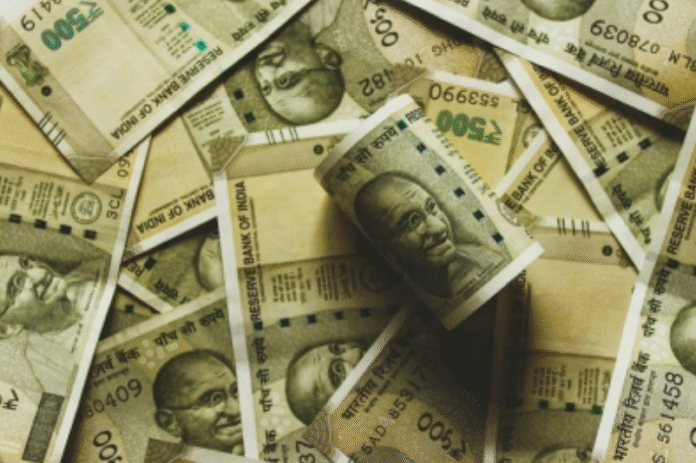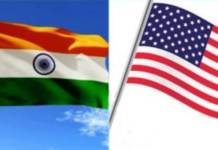Mumbai— The Indian rupee opened 75 paise stronger at 84.65 against the U.S. dollar on Tuesday, up from its previous close of 85.38. Analysts expect the day’s trading range to remain between 84.50 and 85.25.
The dollar held its recent gains, buoyed by a major trade agreement between the U.S. and China. Under the deal, the U.S. will cut tariffs on Chinese goods from 145% to 30% for 90 days, while China will reduce tariffs on U.S. products from 125% to 10% for the same period. Both countries also agreed to establish a mechanism for continued dialogue on trade and economic relations.
Analysts noted that any fresh geopolitical developments could significantly influence the rupee’s direction in the near term.
During FY25, the rupee traded in a broad range between 83.10 and 87.60 against the dollar. It initially weakened following the U.S. election results, depreciating by 2.4% over the fiscal year, driven by persistent foreign portfolio investment (FPI) outflows and a strong dollar.
Despite these pressures, the rupee showed relative stability compared to other global currencies. According to the NSE’s Market Pulse Report for April, this resilience was supported by strong government finances, a shrinking current account deficit, improved liquidity, and softening crude oil prices.
The Indian currency rebounded toward the end of FY25, gaining 2.4% in March as the dollar’s strength eased and FPIs returned to the Indian debt market.
The rupee’s average annualized volatility fell to 2.7% in FY25, placing it among the least volatile major emerging market currencies. This stability reflects India’s robust external buffers and proactive forex management.
However, the currency remains overvalued, with the 40-currency trade-weighted Real Effective Exchange Rate (REER) climbing to 105.3. Both REER and the Nominal Effective Exchange Rate (NEER) showed a gradual decline from the first half of the fiscal year, signaling a reduction in overvaluation. The report also noted a continued moderation in the rupee’s one-year forward premium, reflecting evolving market dynamics and India’s macroeconomic resilience. (Source: IANS)







